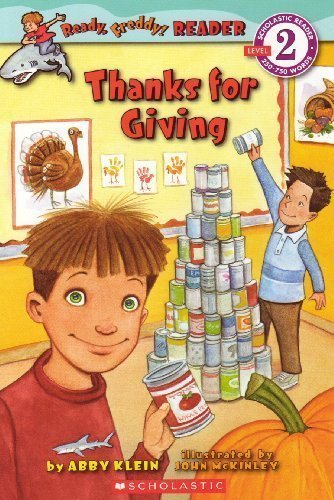Matt Faulkner is one of my favorite illustrators. He has written/illustrated the book A Taste of Colored Water and illustrated Thank You, Sarah, among several  others. His illustrations strike me with a brilliant personification and invitation into the reading. Click to read a little about Matt Faulkner’s illustrations and to see a picture of him and his wife, Kristen Remenar. (I learned something new today.)
others. His illustrations strike me with a brilliant personification and invitation into the reading. Click to read a little about Matt Faulkner’s illustrations and to see a picture of him and his wife, Kristen Remenar. (I learned something new today.)
Together they created a fun read, Groundhog’s Dilemma, that highlights a predicament kids can relate with. Half of the animals want winter to last longer and half of the animals want spring now. Each animal tries to persuade Groundhog to predicate what they desire. Groundhog agrees with everyone, because he wants them all to be his friend. In the end, Groundhog explains he just reports what he sees; he can’t change the weather. This book provides you the opportunity to talk with kids about being truthful. It touches on persuasion, pressure, and contemplation. I think you will find the book will spark some interesting conversations.
View the book here (8 min. video). It’s currently a Scholastic Book Club book.
Savorings for reading and writing for Groundhog’s Dilemma:
- Persuasion – shares thoughts on both sides; art of buttering-up someone
- Speech Bubbles
- Telling the Truth
- Internal Conflict
- Alternate Solution



 Posted by MaryHelen
Posted by MaryHelen  Ready, Freddy! series is a favorite of mine. I had the opportunity to meet the author,
Ready, Freddy! series is a favorite of mine. I had the opportunity to meet the author, 
 It’s January and I have been thinking about goals, a New Year’s resolution of sorts. I know Ruth has shared her goals with us. Any others? Me – I’m going to set a time limit for myself to write daily instead of just being arbitrary about it. So I find it fitting that the book
It’s January and I have been thinking about goals, a New Year’s resolution of sorts. I know Ruth has shared her goals with us. Any others? Me – I’m going to set a time limit for myself to write daily instead of just being arbitrary about it. So I find it fitting that the book 
 Anne Rockwell
Anne Rockwell Martha Brenner shares a unique view of Abraham Lincoln in
Martha Brenner shares a unique view of Abraham Lincoln in  One of my favorite books is
One of my favorite books is 